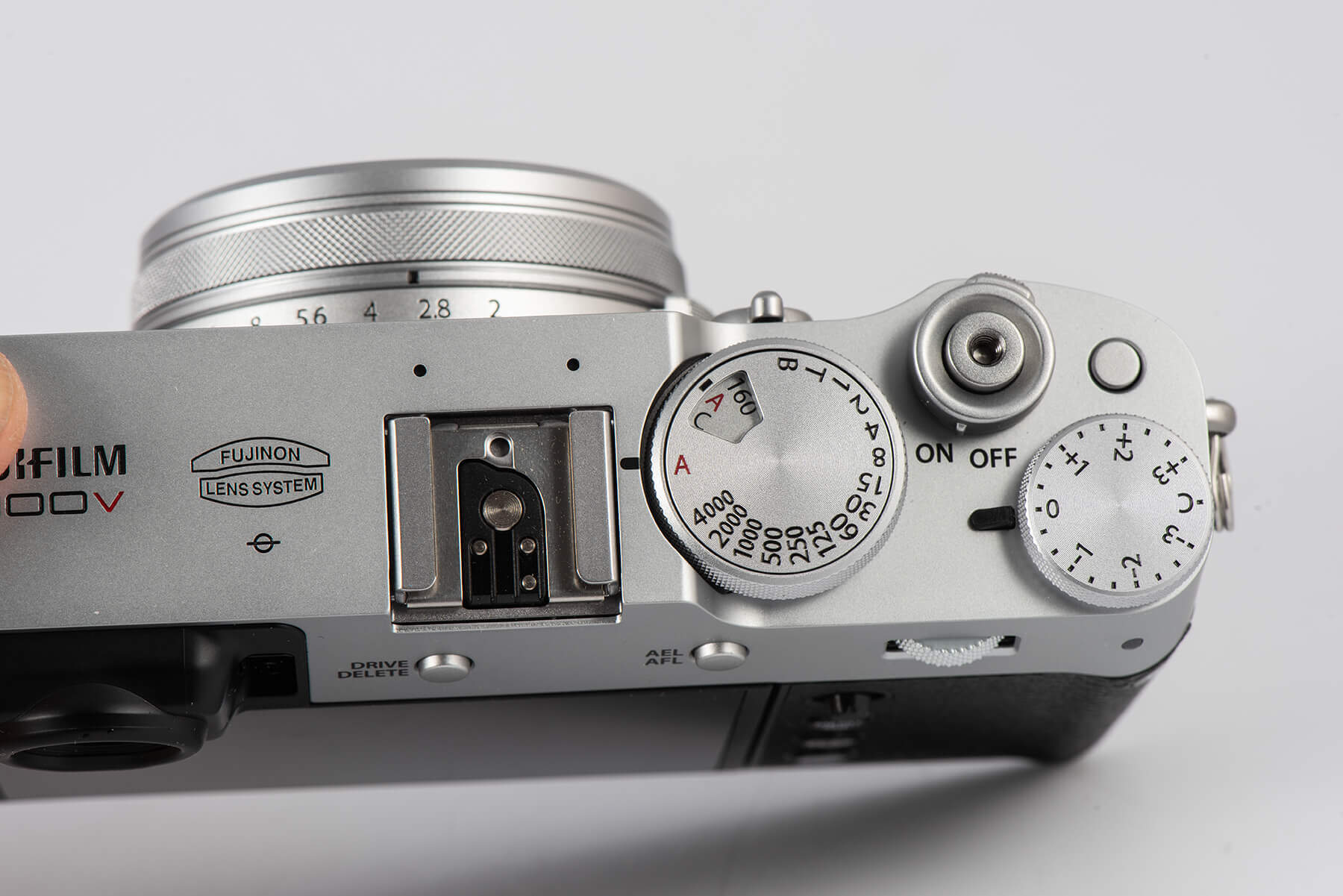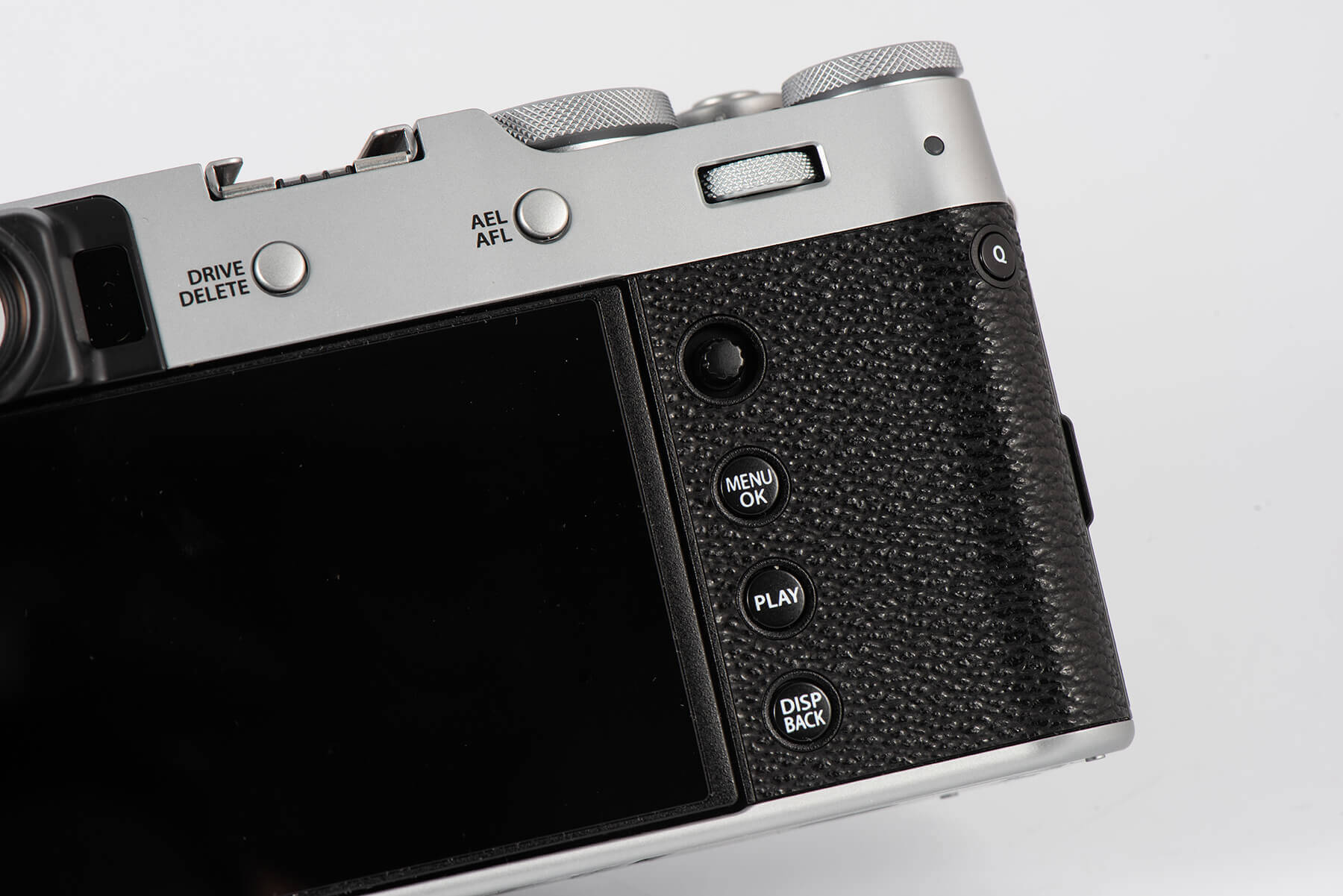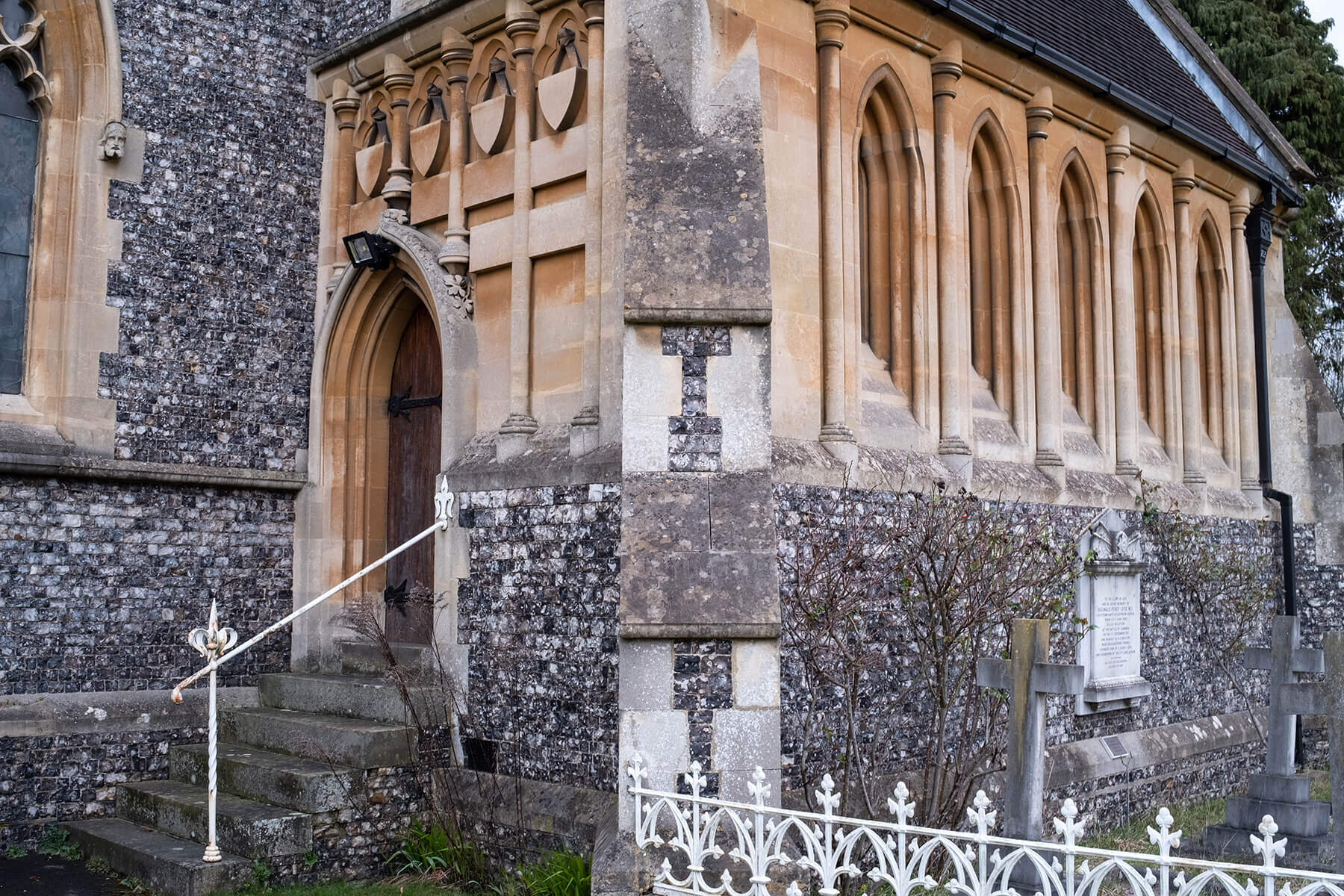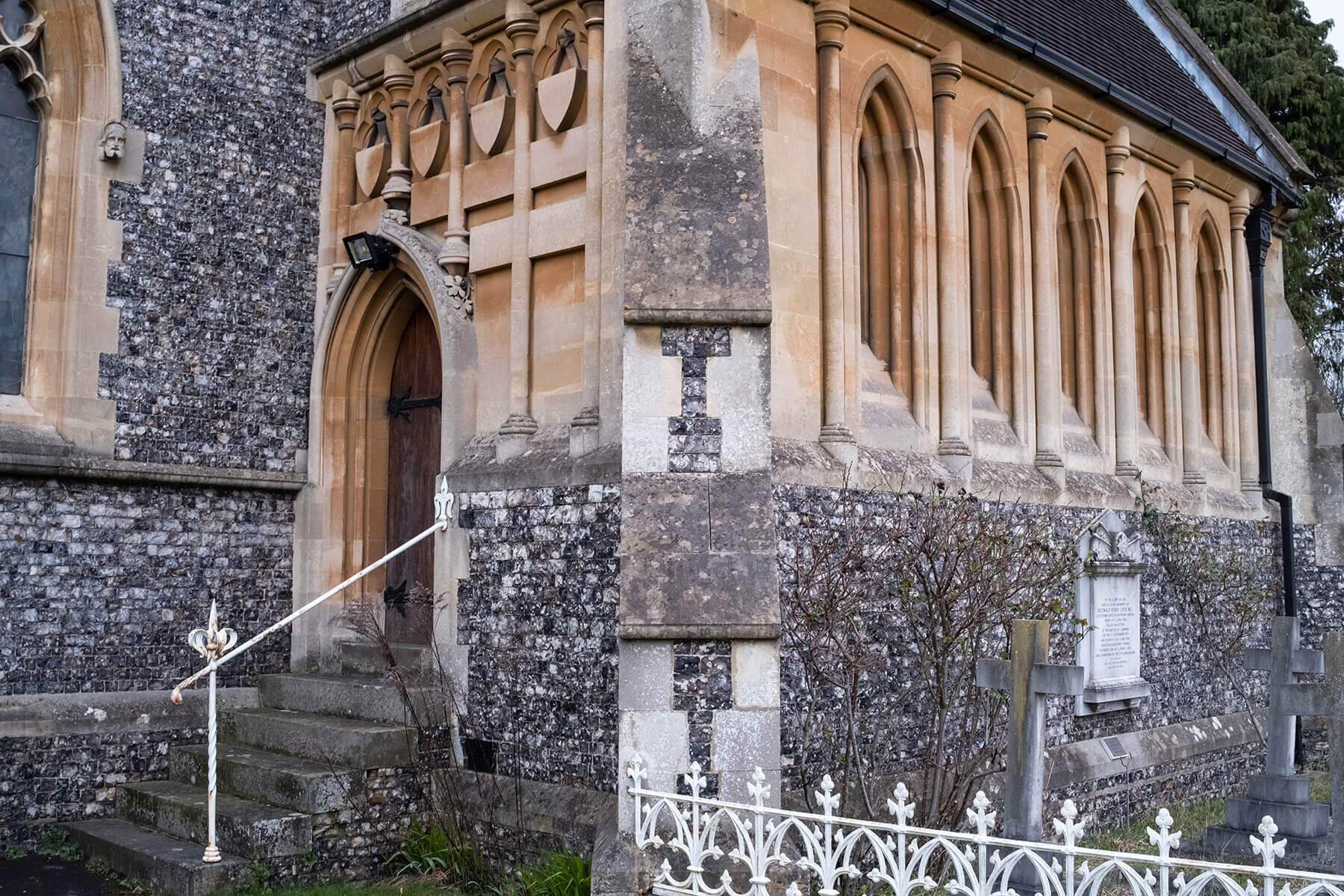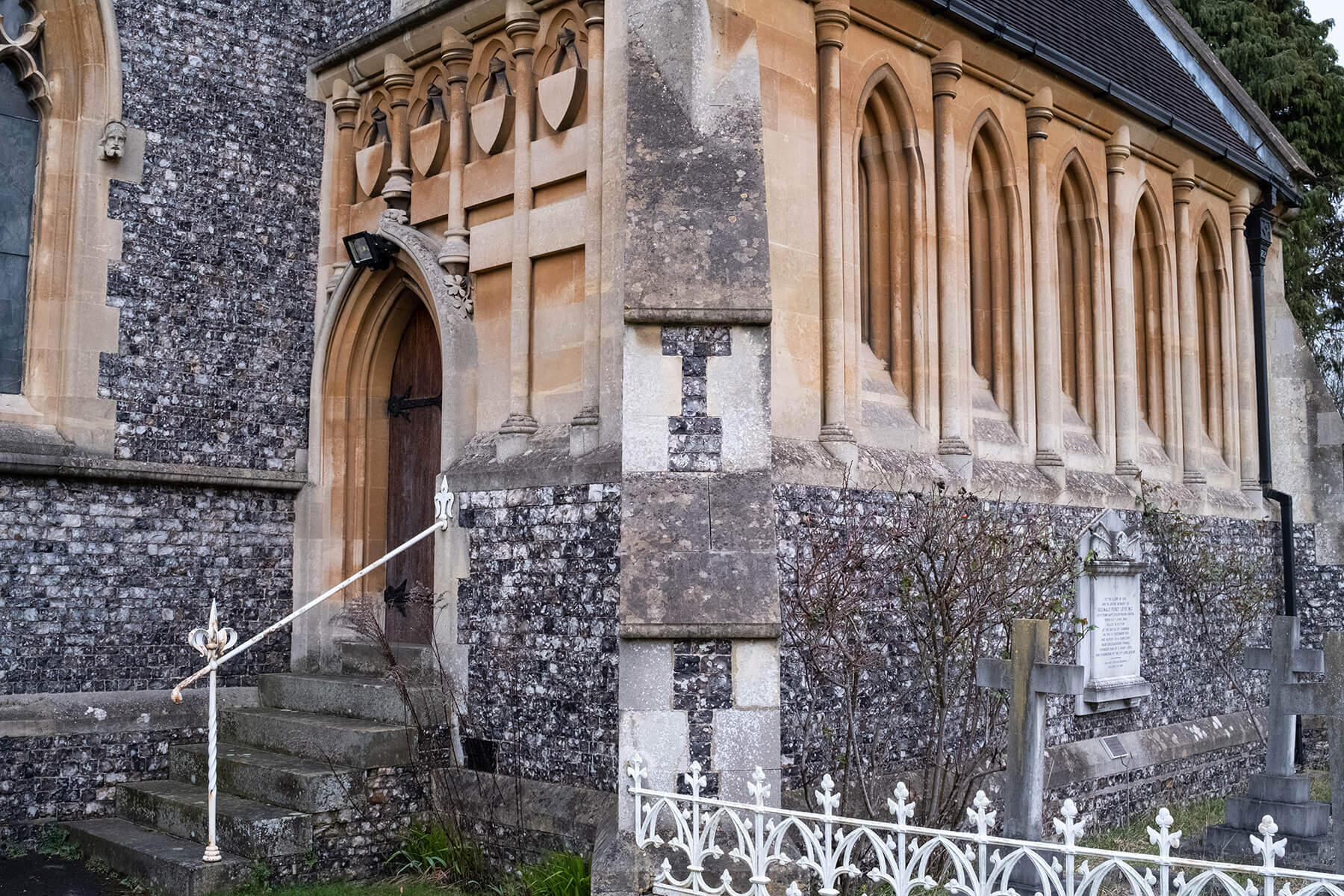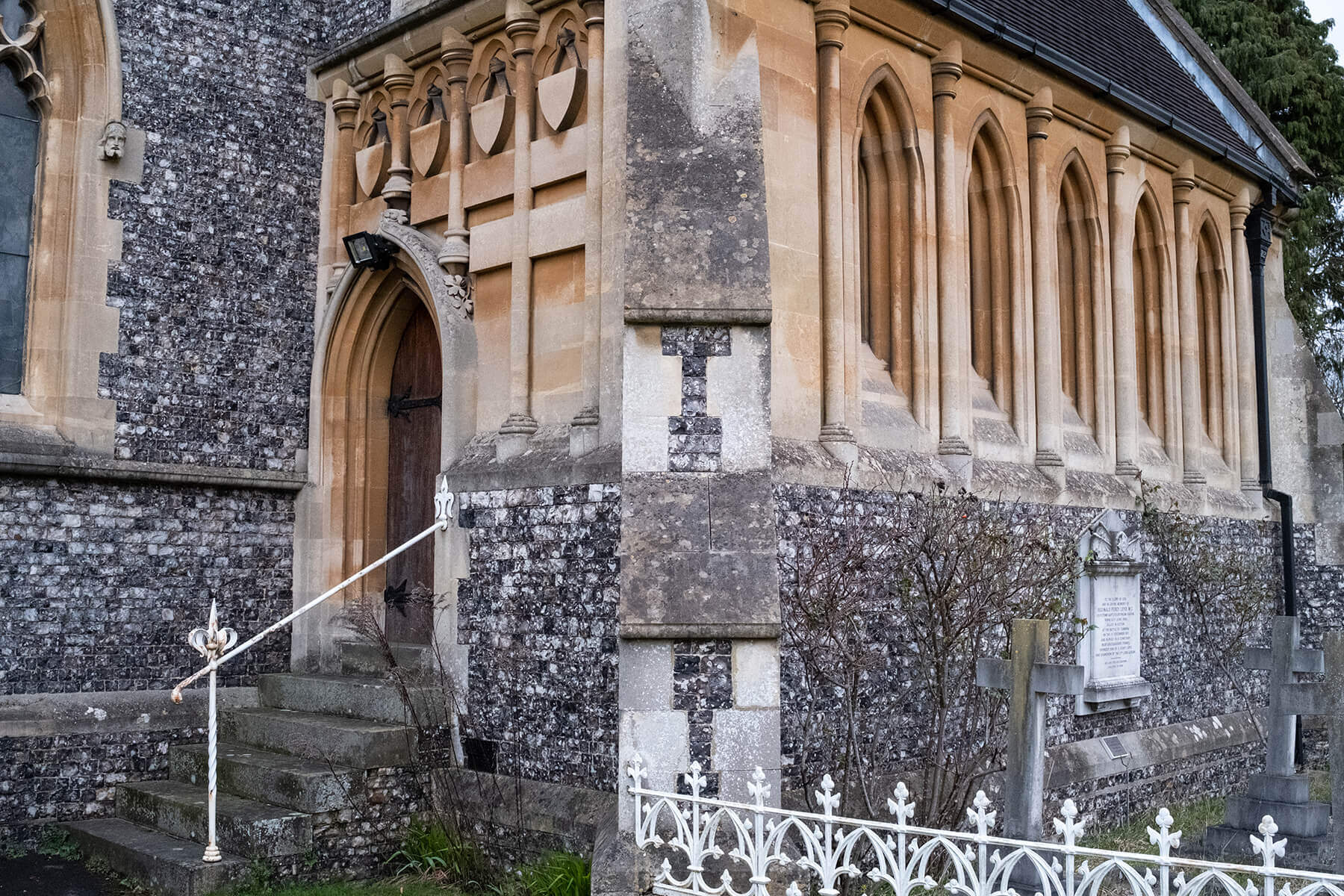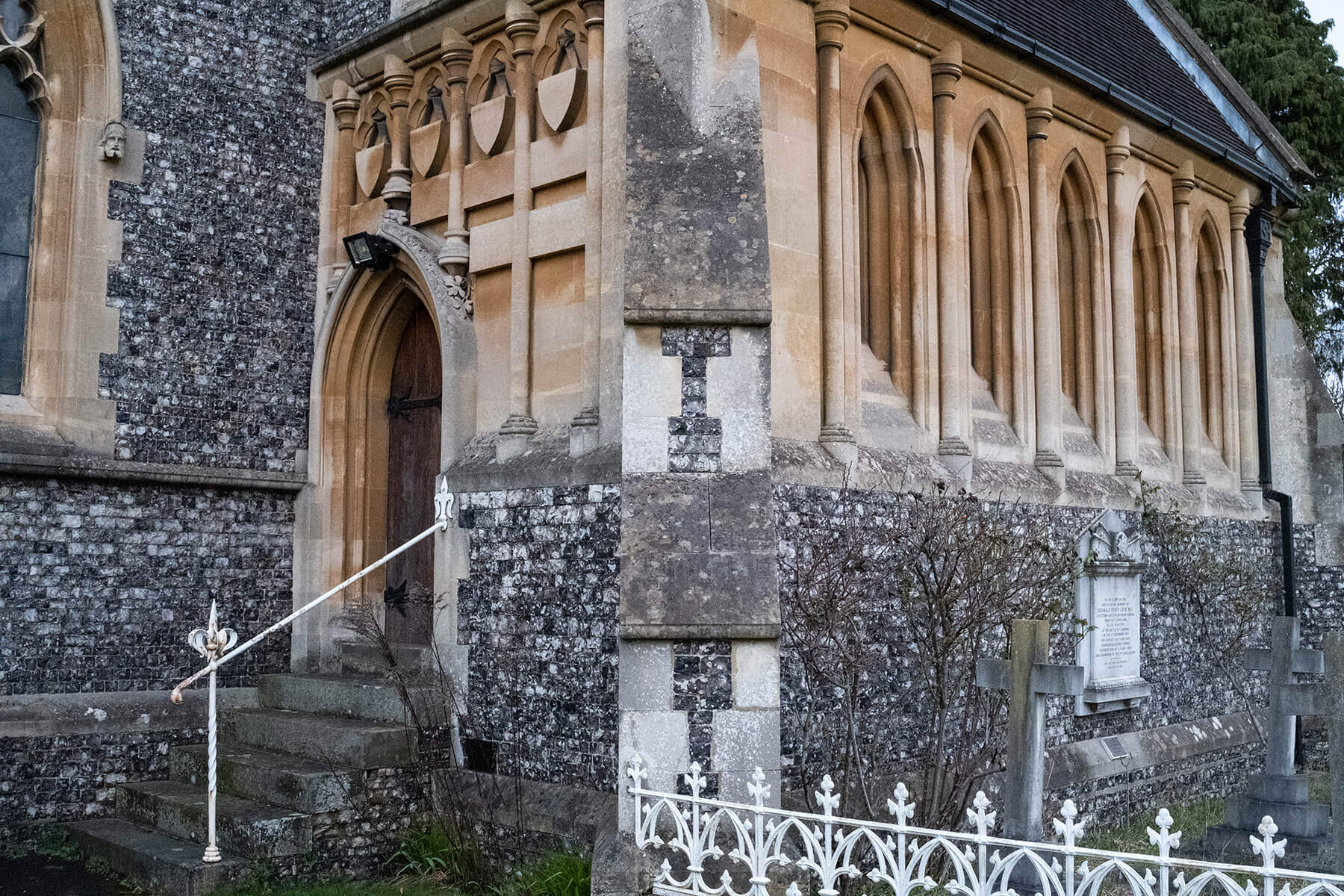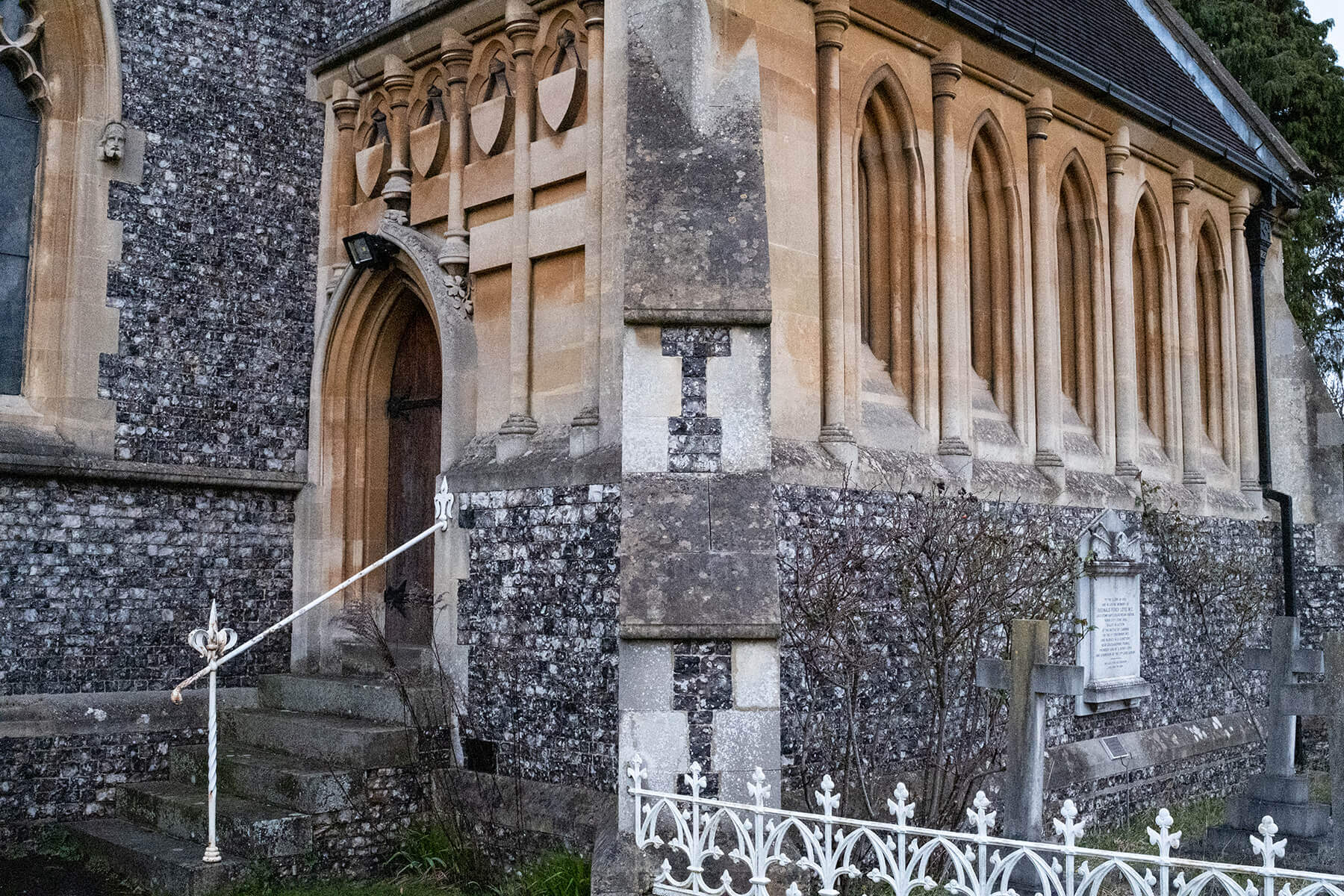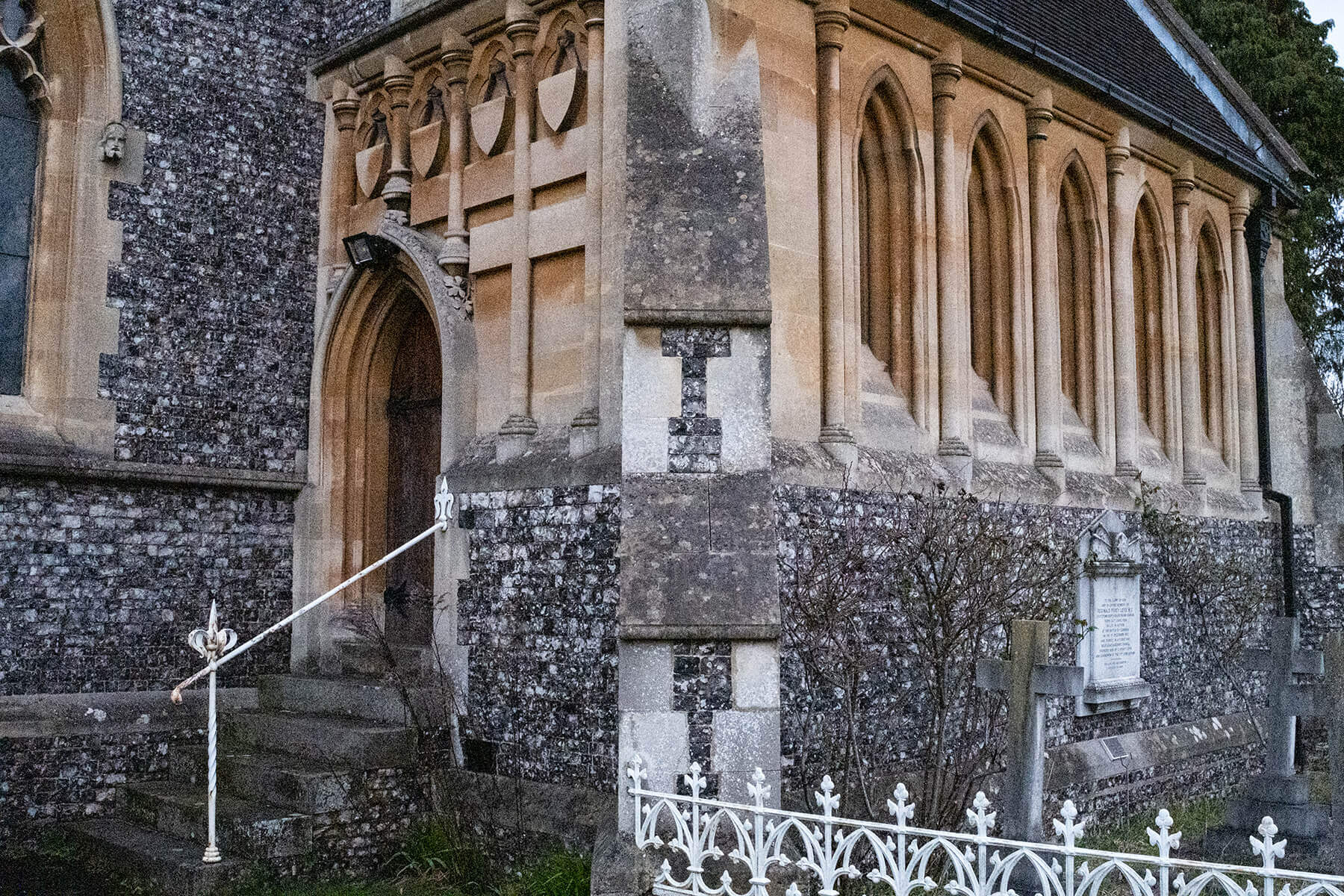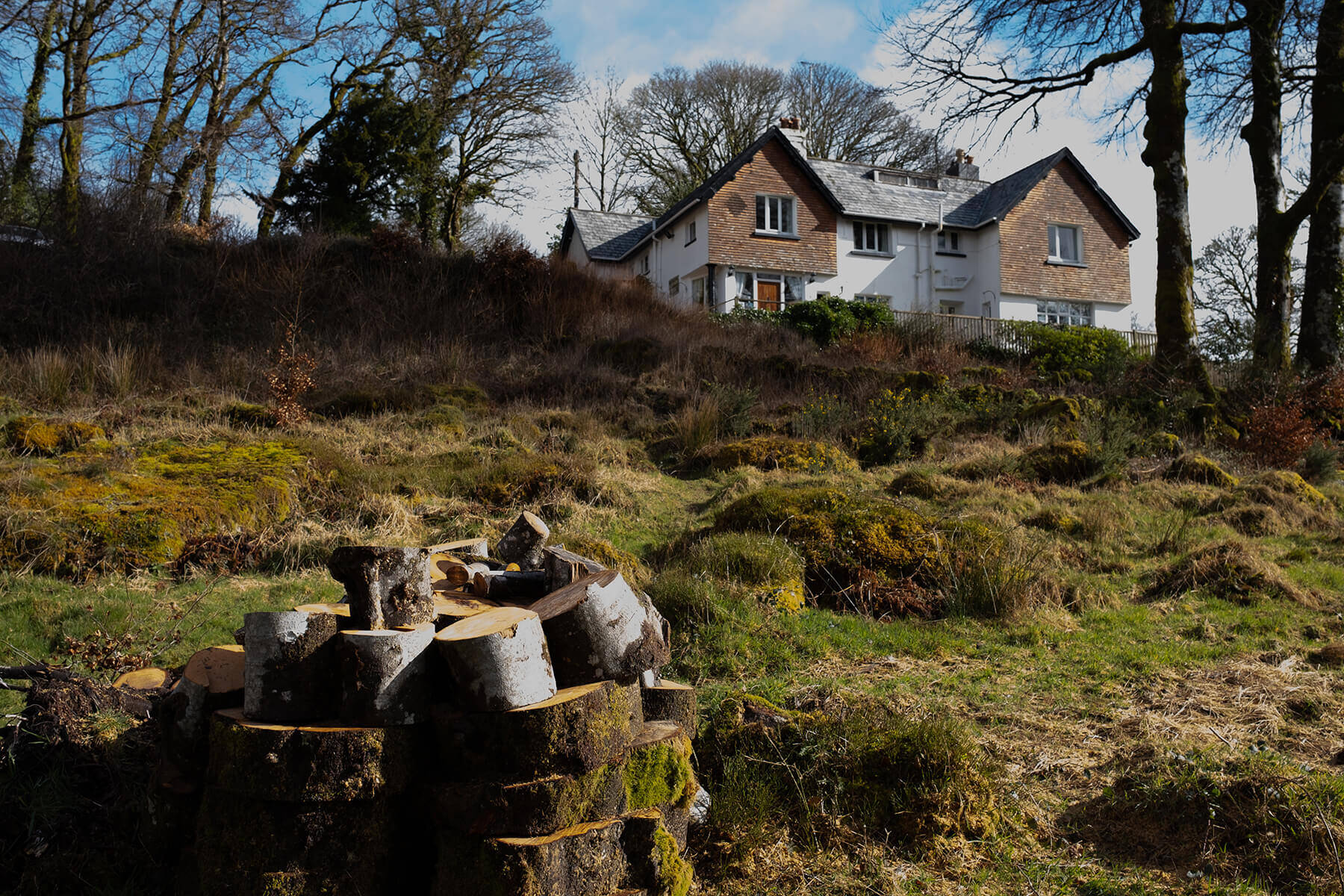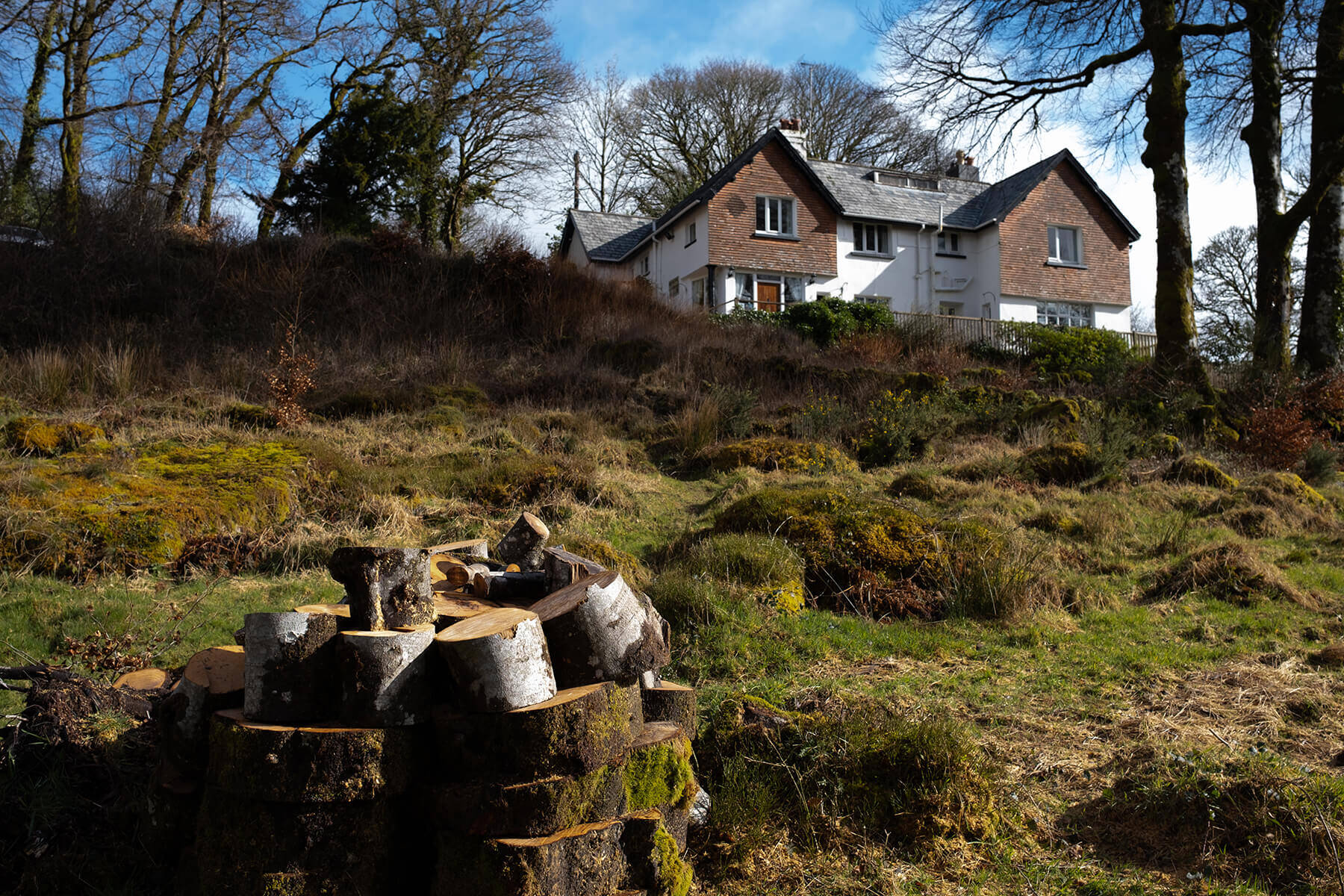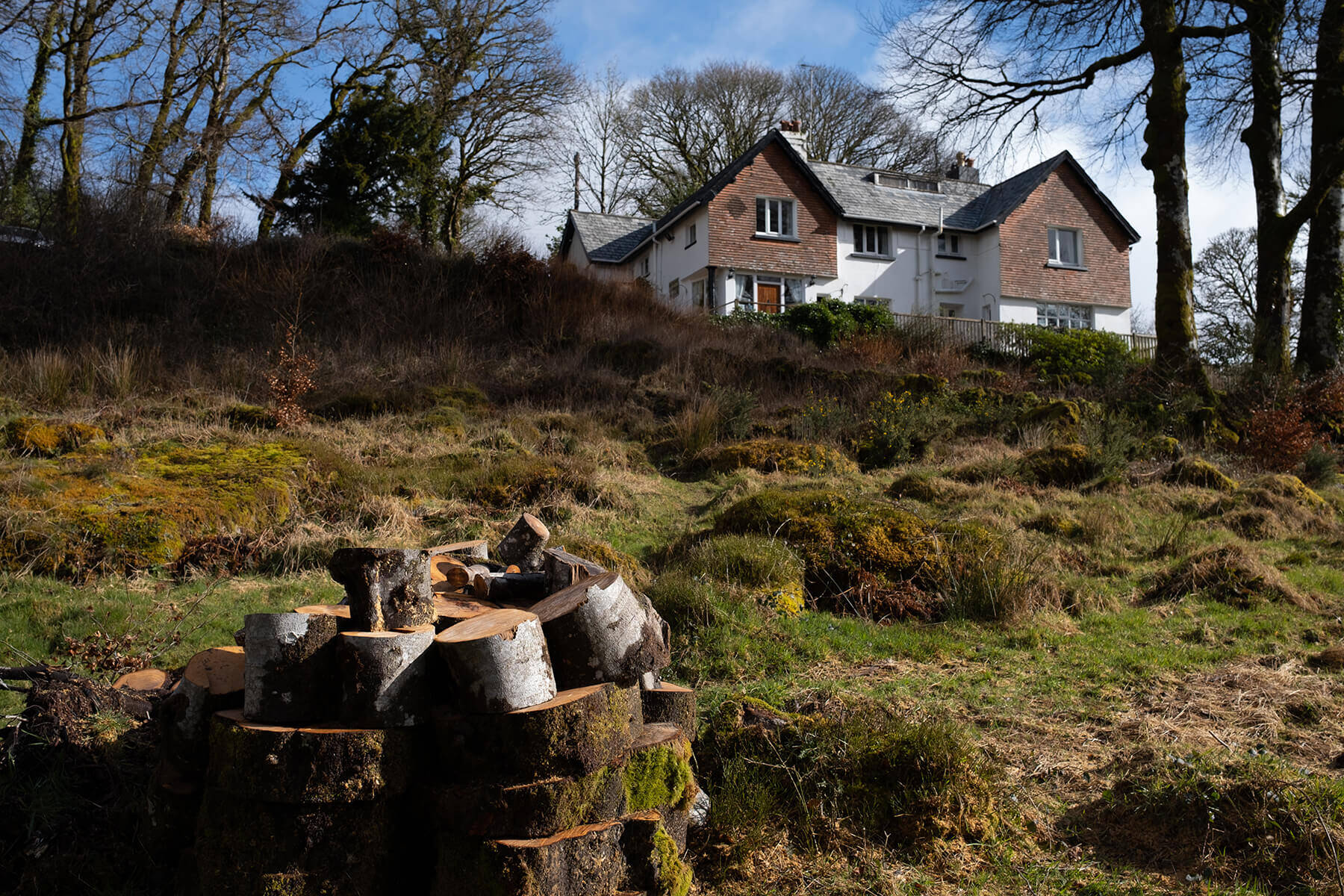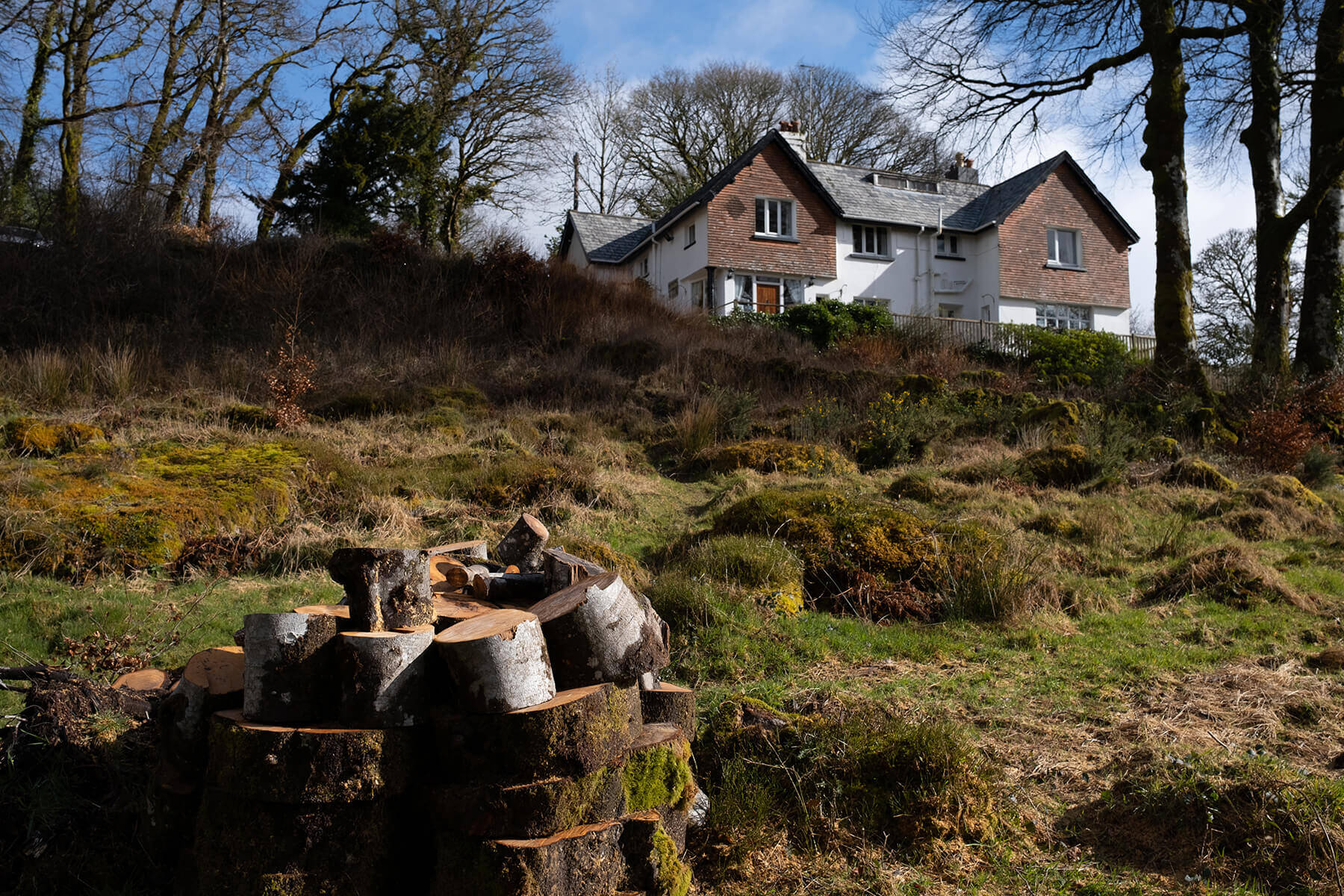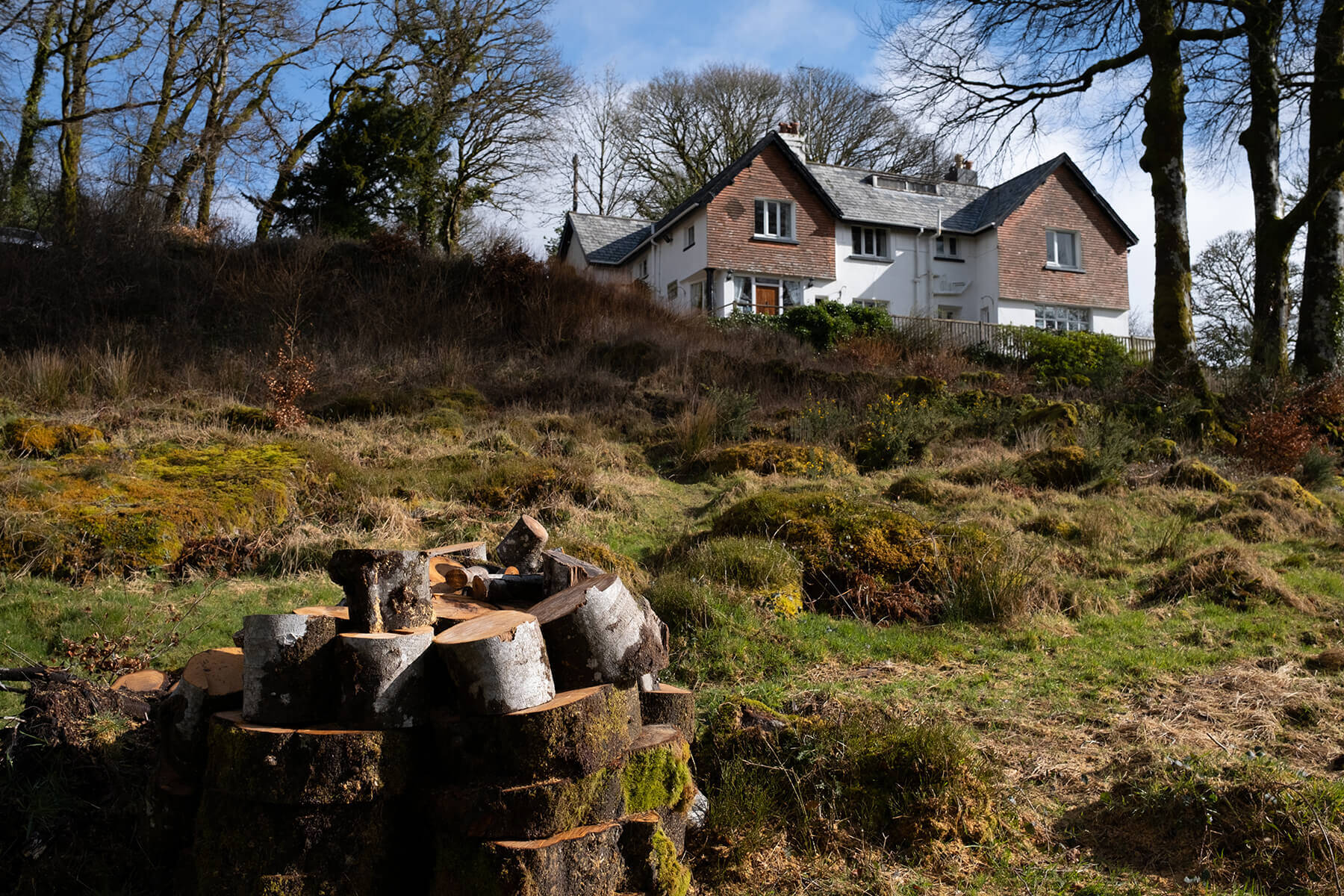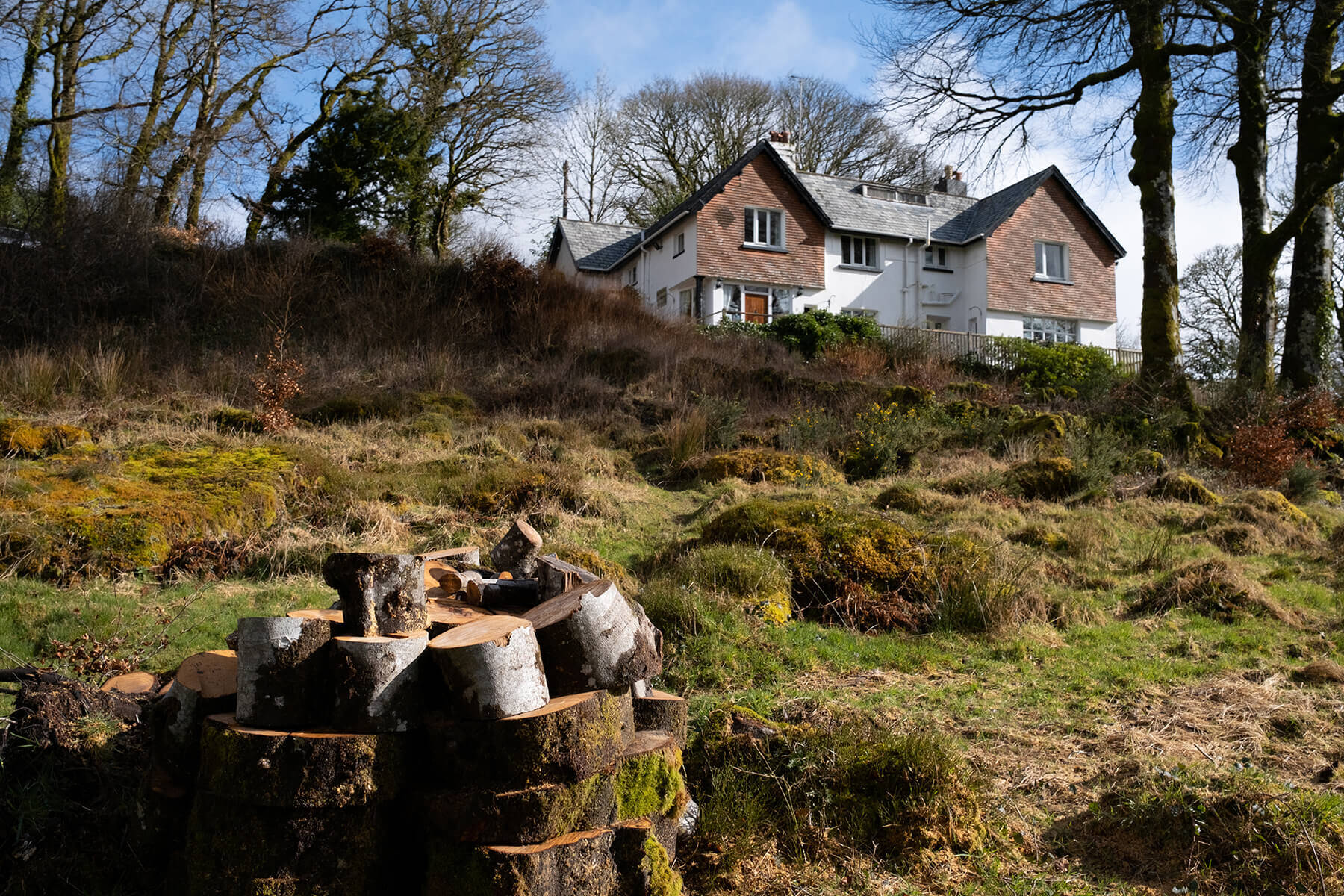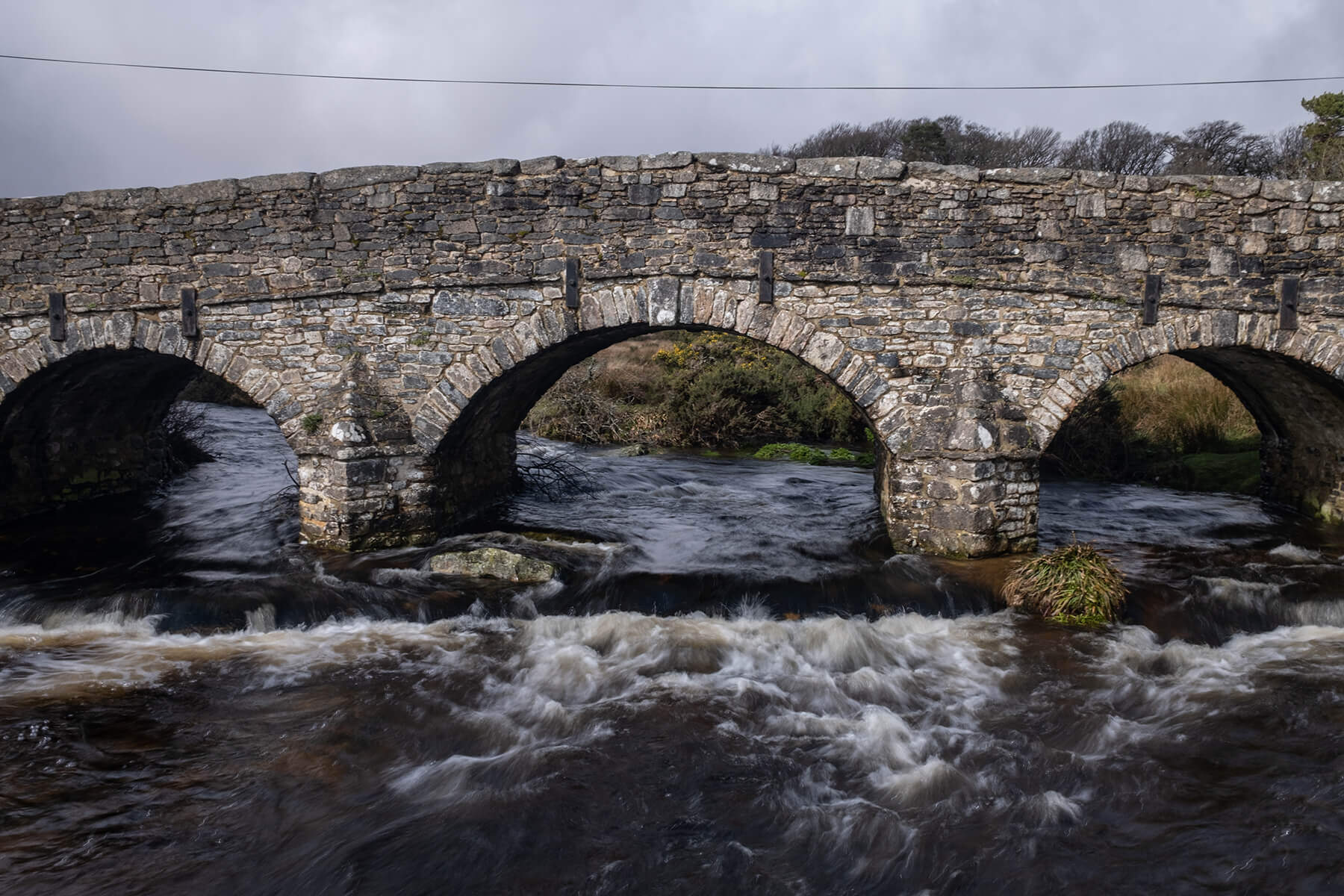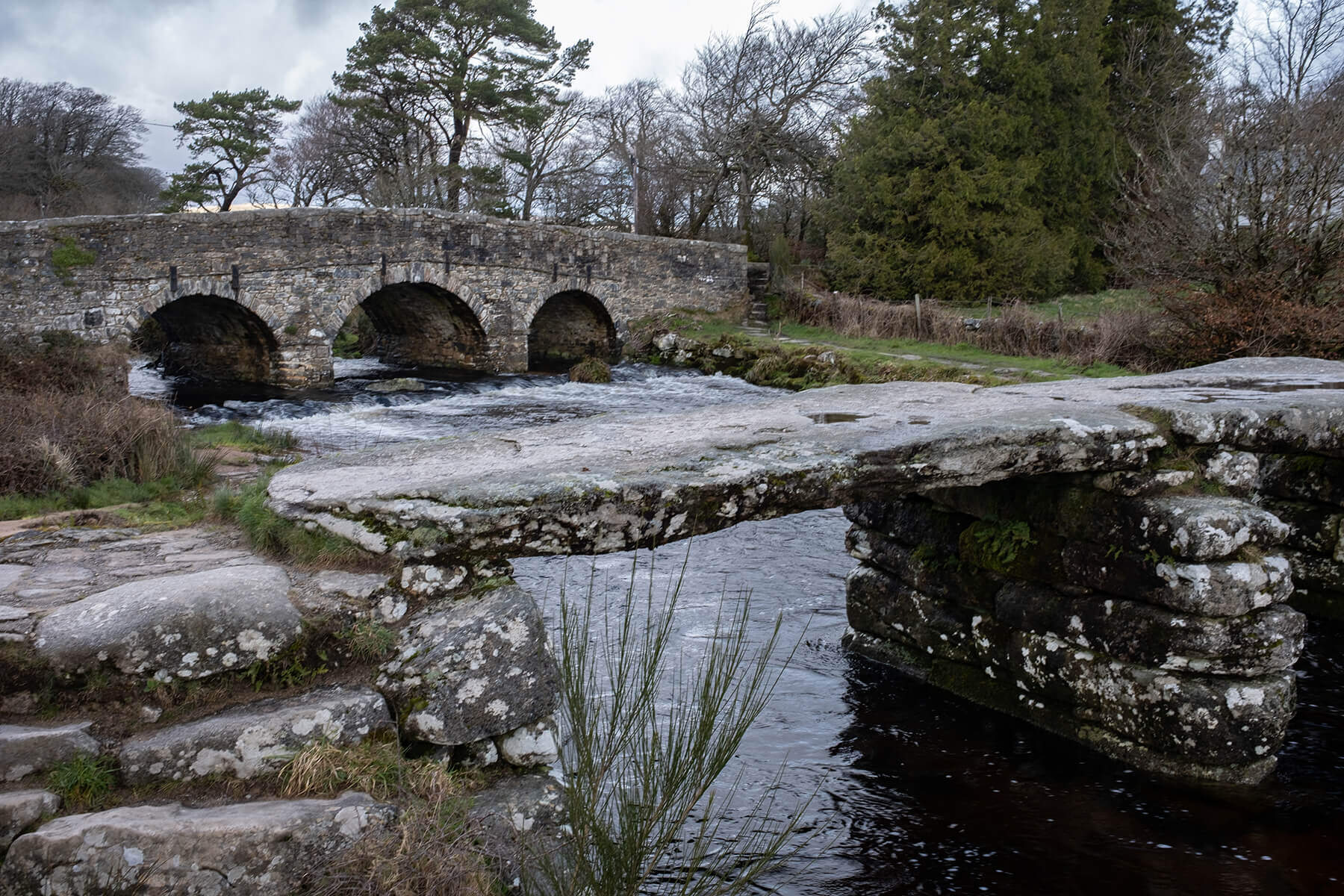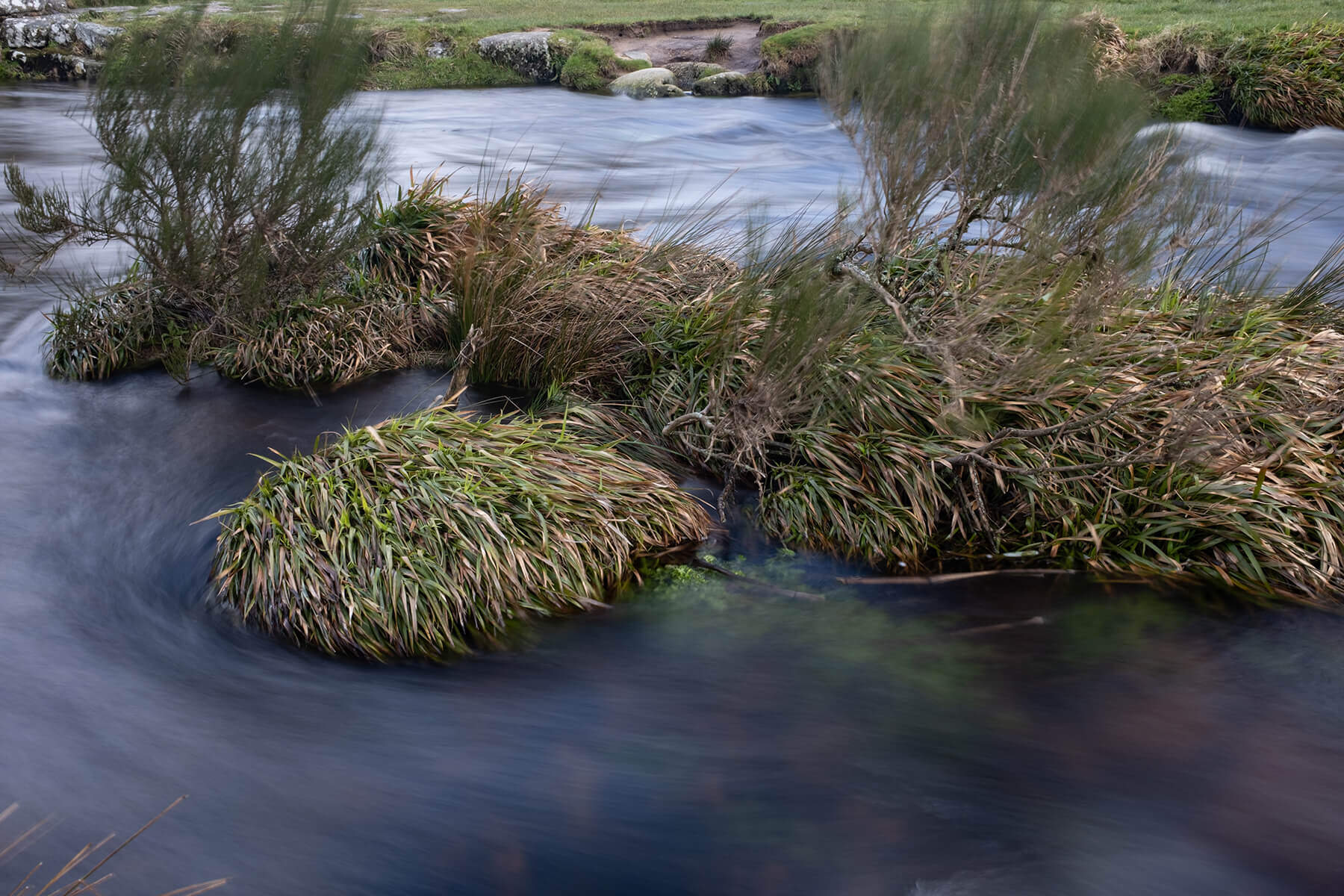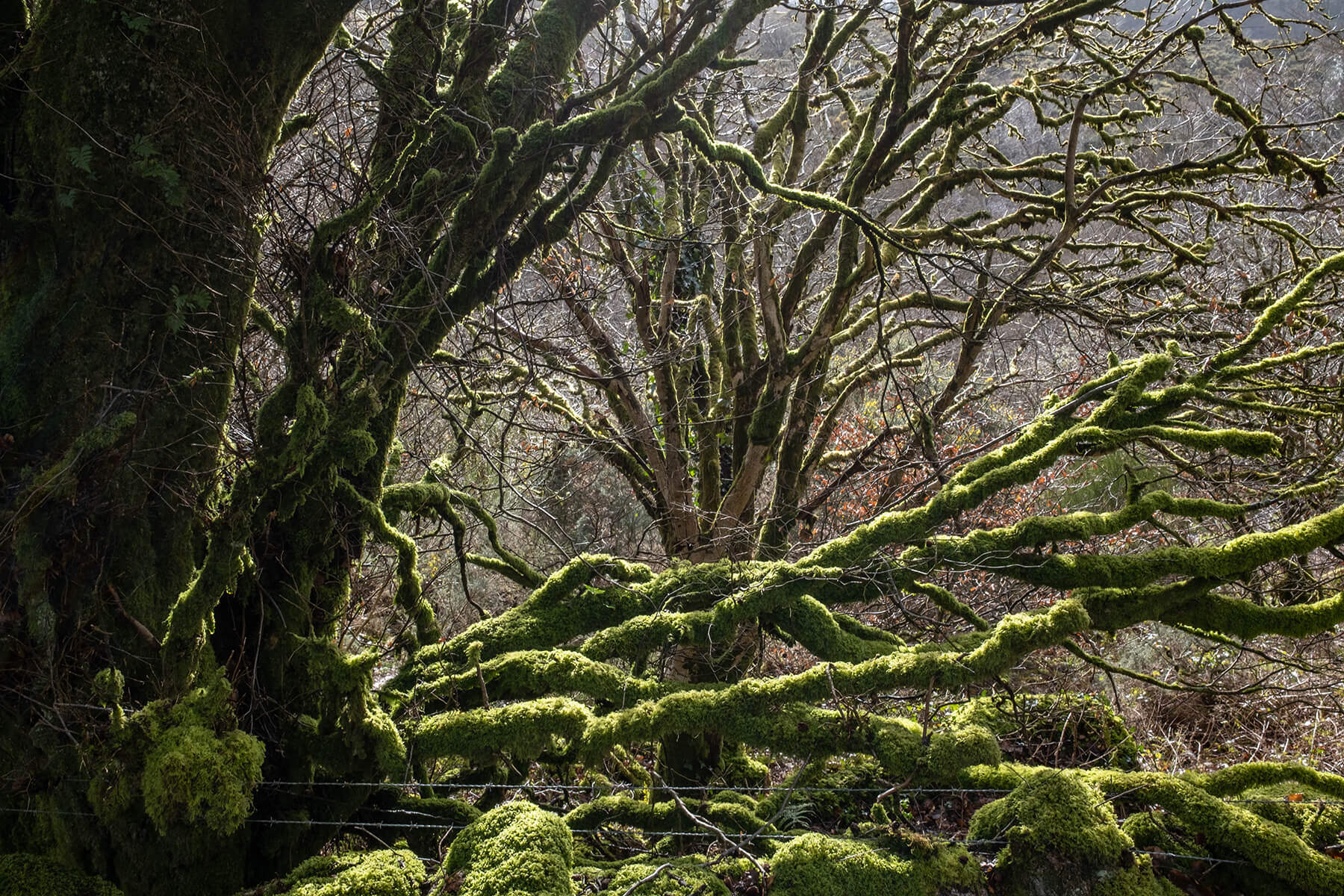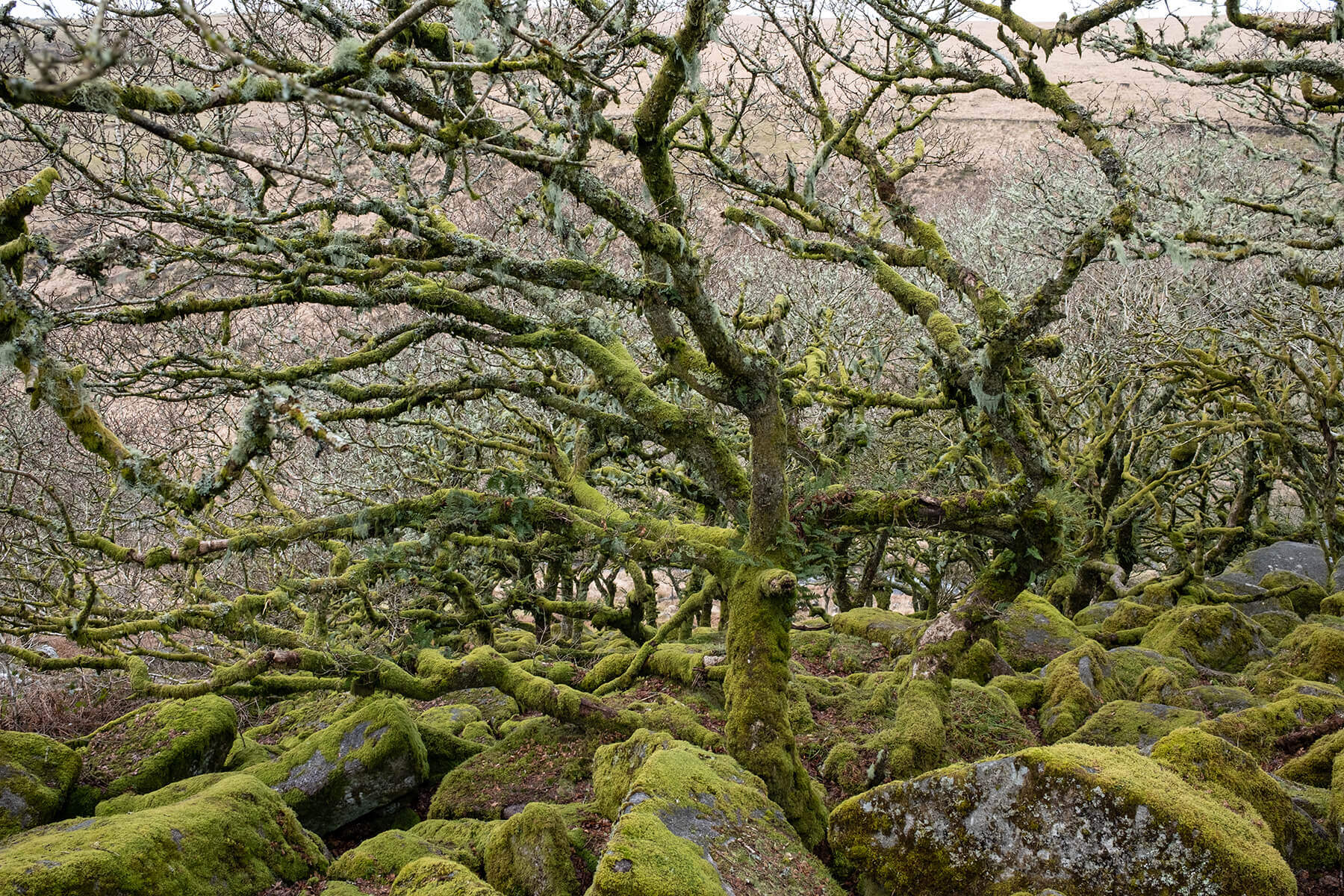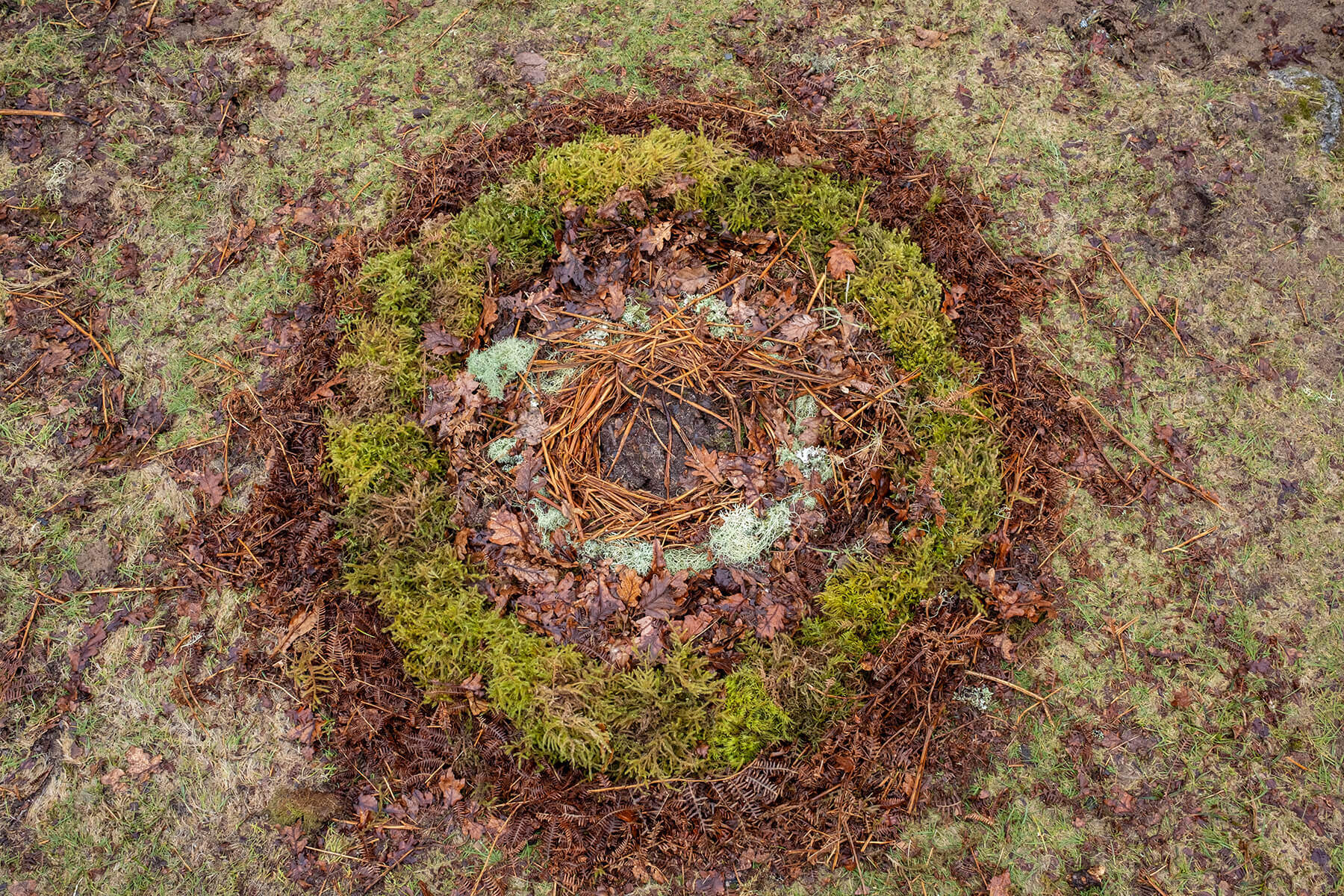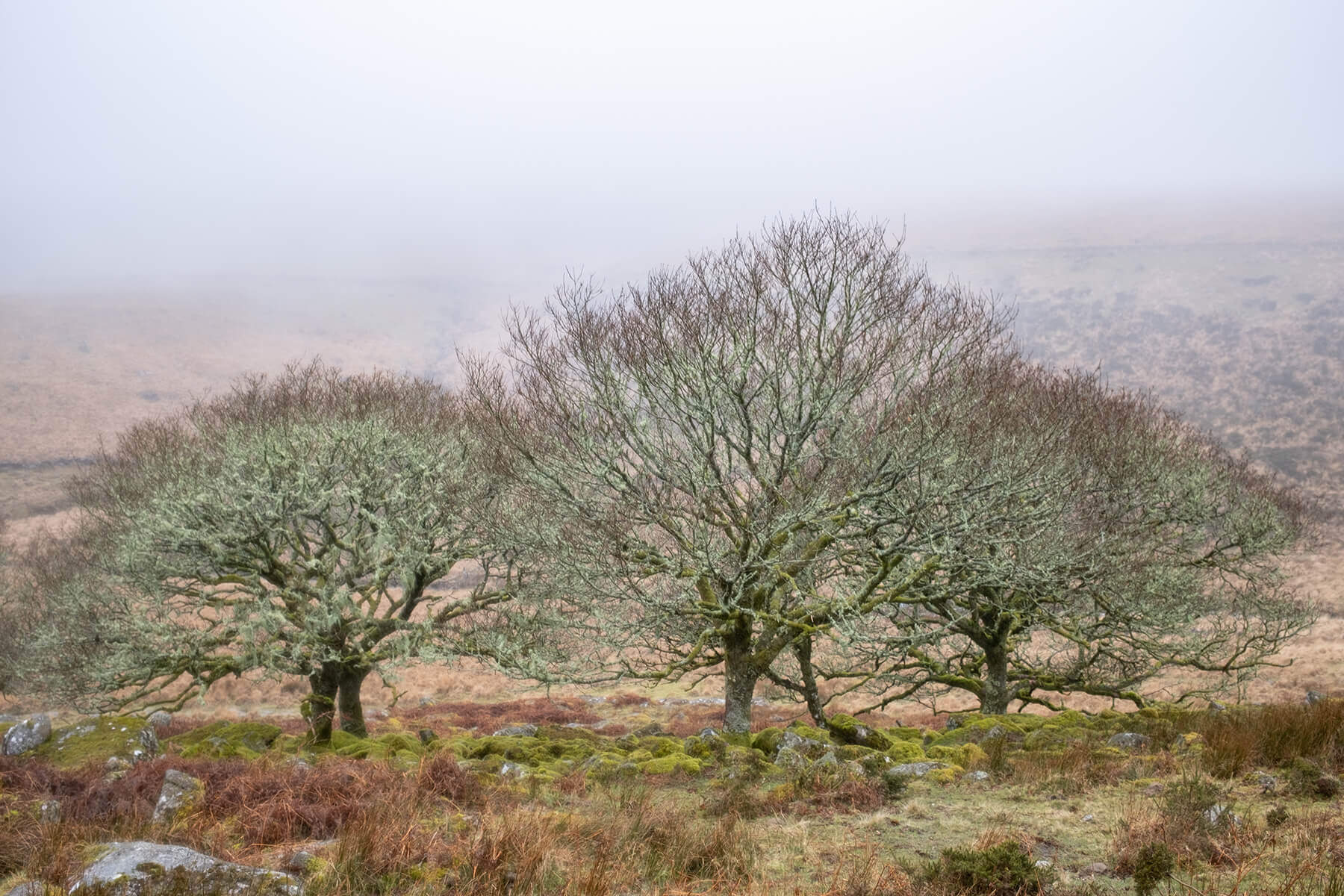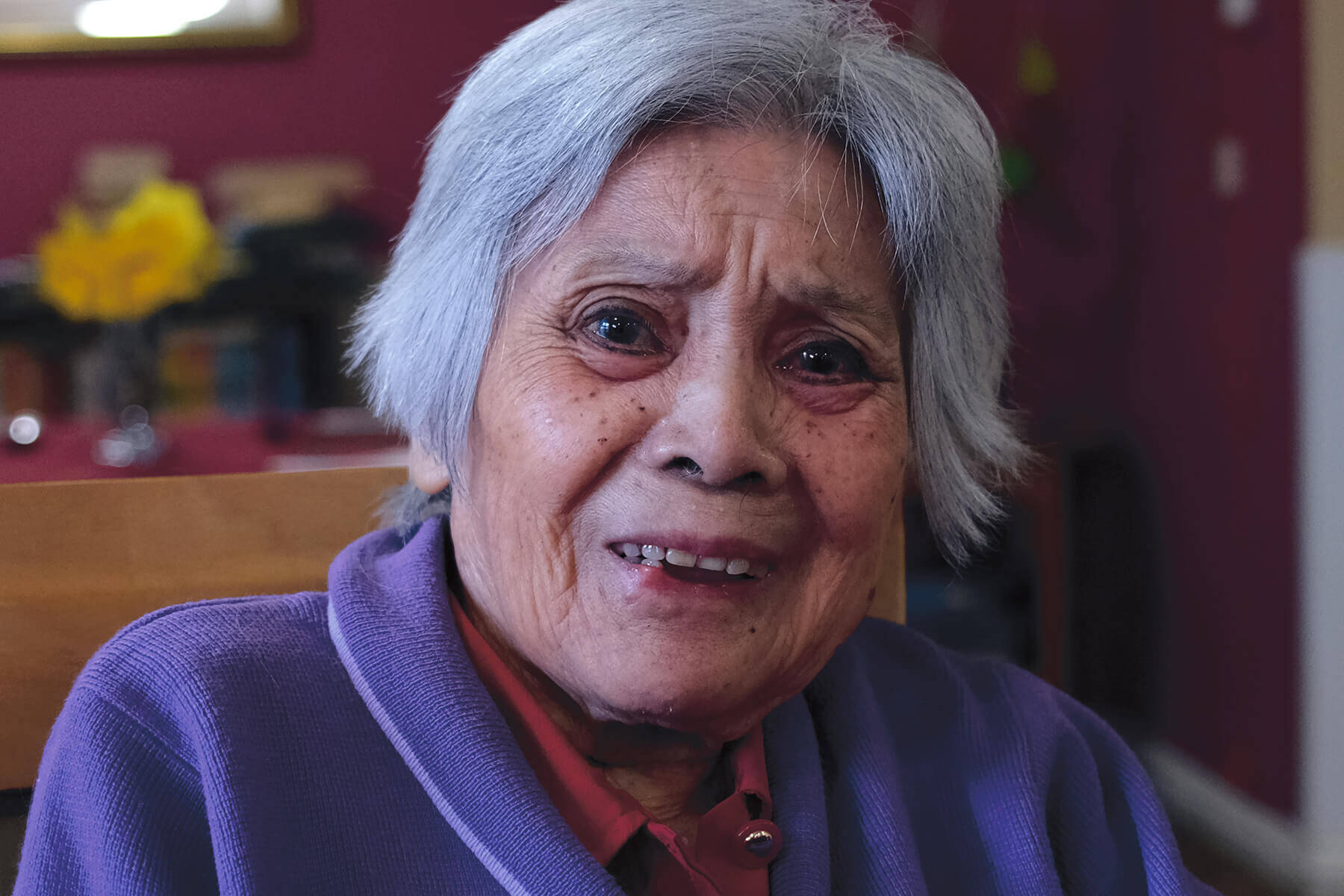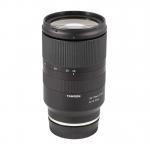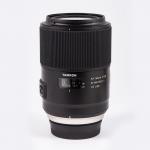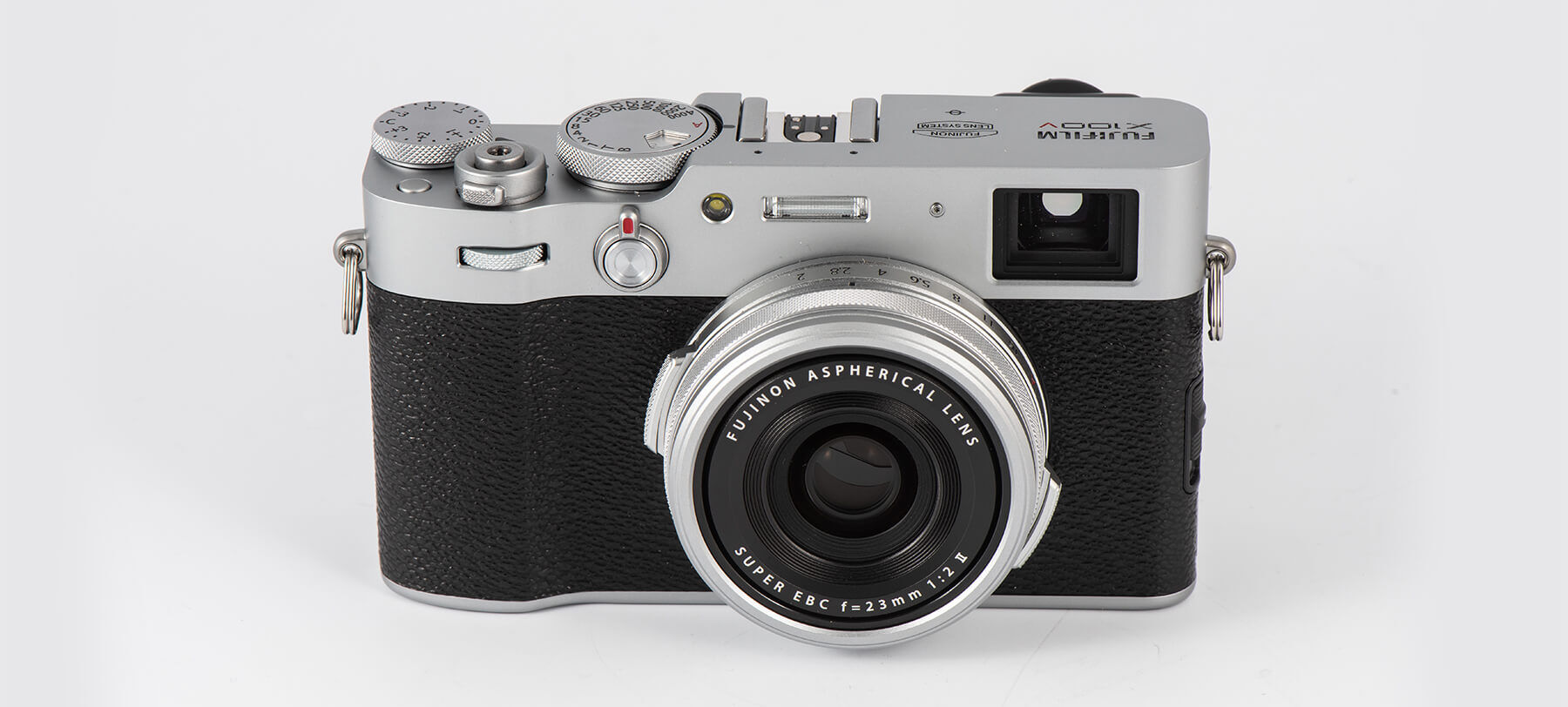
Fujifilm X100V test: a new best
Posted on May 19, 2020
With a redesigned lens, flip monitor and an impressive array of design tweaks, the X100V takes Fujifilm’s family of premium compact cameras to the next level.
Thanks to the camera phone, the compact camera market is barely a shadow of its former self. Despite that, there remains a demand for premium large-sensor compacts that can deliver pro-level picture quality with the controls and features of interchangeable lens cameras.
The X100V is the fifth model in Fujifilm’s premium compact line-up and it is blessed with a feature set that will appeal to photographers of all levels. At its heart is the highly capable pairing of Fujifilm’s X-Trans 4 CMOS 26.1-megapixel optical low-pass filter-free sensor and X-Processor 4. This back-side illuminated sensor and processing engine combination is seen on several current X Series cameras so is a known quantity in terms of image quality, dynamic range, ISO performance and speed.
Also known quantities are the X100V’s exposure and phase-detection focus systems, although there is a new algorithm for faster, more precise face/eye detect AF and a low-light performance down to -5EV. The AF system has 117 points in a 13×9 grid or 425 single points in a 25×17 grid in single-point AF mode and 117 points in zone or wide AF use. AF performance can be refined further with the new Focus Limiter function.
One major new feature, although that’s not apparent from a quick look, is the X100V’s new lens. It is still a 23mm f/2 (equivalent to a 35mm wide-angle in the 35mm format) and the same physical size as its predecessor – so compatible with the WCL/TCL conversion lenses – but two of its eight elements are aspherical lenses to give improved across-the-frame resolution and lower distortion. It can also focus as close as 10cm. The internal neutral density filter is 4EV – 3EV in the X100F.
The redesigned lens brings with it an important new feature, although it comes at a cost. Buy and fit the optional weather-resistant kit that comprises the AR-X100 filter adapter and PRF-49 filter for £99 (it’s available for £50 when bought with the camera) and you have a weather-resistant camera; the first X100 model to have that ability. I didn’t have these items for my test, but I had no reliability issues when the camera got very wet during a stormy Dartmoor walk.
The X100V sports another first with its tilting 1.62m dot touchscreen, and this comes at barely any penalty in terms of body size. Looking at the stats, the X100V is a 1mm longer and 1mm deeper than the X100F. I like using tilting monitors and the X100V’s is very good, providing a contrasty viewing image during above-the-head, or waist- or low-level viewing. The touchscreen functionality can be turned off completely and when the screen is active it has the options of touch AF, touch shooting and off. In image review, swiping moves from shot to shot, pinching zooms in and a double tap zooms the image to 100%.
The tilting monitor is just one of three viewing options. Look though the eyepiece and the advanced hybrid viewfinder gives the choice of an optical or electronic viewfinder, switching between the two with a lever on the front of the camera. With all three viewing options, you have plenty of choice in terms of what camera features and settings you have on view.
The hybrid finder means you have the choice of an optical rangefinder-style view (a brightline frame showing the image area and the border surround means you can see what is about to enter into the picture), and the electronic viewfinder, which gives a full-frame image with live exposure and white-balance preview. The optical finder has the option of an inset of a magnified electronic image in single-point AF mode.
Performance: ISO
The X100V’s sensor is the 26.1-megapixel back-side illuminated model working with the X-Processor 4 engine, the combination seen on other current Fujifilm cameras.
For this shot, the X100V was fixed on a Gitzo Traveler GT2545T carbon-fibre tripod and the shutter released using the self-timer. The exposure required for the ISO 160 shot was 0.8secs at f/8, and the Raws were processed through Adobe Lightroom with default noise reduction.
Images up to ISO 800 were very clean and tonal gradation looked silky smooth. Overall quality was so good that I would be happy enough to use it as my default ISO setting knowing that I’d still get critically good results for exhibition use.
Up to ISO 1600 and you start to see grain in smooth mid-tone areas and in shadows, but it’s neutrally coloured and fine, so not disruptive of intricate detail. Quality at ISO 3200 is more than acceptable and definitely superior to some APS-C format cameras that have been tested in these pages. Grain in the mid-tones and shadows take an upward hike at ISO 6400 and 12,800 onwards, and with it comes a deterioration of overall image quality so only venture this high up the ISO scale if it is essential.
The Fujifilm X100V delivers an impressive ISO performance, so if you enjoy low-light street photography or shooting in dim interiors, this is a camera that deserves very serious consideration.
Click the images to see a larger view
It is worth saying how good the EVF is, and the viewing image it provides is first-class. I’ve grown to appreciate EVFs from early doors and the X100V’s is a very fine example of the genre and great to use, and I preferred it to the optical version in every lighting situation. That said, I wouldn’t have been disappointed if the only option was the optical finder.
Fujifilm has not stinted when it come to the X100V’s looks and finish. The top and bottom plates are each milled from single pieces of aluminium and finished in aluminate satin coating, and there’s no denying that this camera has a luxurious feel.
There’s a lovely touch in the lift-and-drop collar of the ISO control, too. Pull up this collar and it stays up and rotates sweetly to the required setting and then it returns to its parked position with a soft press.
The ISO dial has values from 160 up to 12,800 in 0.3EV steps, plus there are A and C settings. A is for auto ISO and there are three ranges available, the parameters of which can be set within the menu. Having the ISO dial set to C means the ISO value can be quickly adjusted by using the front input dial and you need to use this method to access the expanded speeds. This changes if the exposure compensation dial is also set to C. Now operating the input dial changes compensation or ISO and you toggle between the two by pressing in the input dial. I liked this way of working, because being able to apply compensation or adjust ISO with the C dial is quick, and both values can be fine-tuned while the camera is up to the eye. The stay-up ISO ring is a nice design feature, of that there is no doubt, but for sheer usability, I enjoyed using the C setting and front command dial option more.
Performance: Exposure latitude
A seven-shot bracket (+/-3EV in 1EV steps) was made using the camera’s autoexposure bracketing feature. The base exposure was 1/400sec at f/5.6, ISO 160. The Raws were corrected in Lightroom.
Overexpose by +3EV and you are at the limit of acceptability. Bright highlights are OK with a hint of greyness, and colours needed more editing. With lower contrast scenes, +3EV Raws were recoverable with more success. The +2EV shot recovered well in terms of highlights and contrast, but there was a faint cyan colour cast. The +1EV shot was fully recoverable.
With underexposure, the abused shots were successfully recovered to give results comparable to the correctly exposed frame. There was some digital noise in the -3EV shot, but you needed to be viewing at 100% to see it so not really an issue.
The exposure compensation dial is clicked-stopped in 0.3EV steps but, typically for Fujifilm, it has no physical lock, so there is the risk of it being nudged when the camera is taken out of a pocket or bag. Something I have been known to do on Fujifilm cameras is have the dial set to C for front input dial control and just stick the actual compensation dial down with a small piece of gaffer tape. A firmer click on C or 0 or a lock would be nice – but given that I have said that from the first X camera, I can’t see it happening any time soon.
Speaking of locks, there’s a menu item to lock all buttons and controls, or you can select which items to lock off. By the way, the exposure compensation can be turned off completely using the Lock item in the menu, but I regularly use the feature, so this is not a practical option.
In the Q menu, you can have four, eight, 12 or 16 windows and there are 36 feature options in each window. Plus, the two function buttons, the Q button, the AE/AFL button and the rear command dial can all be customised, each with 58 options. Add the 53 options of the front command dial and the four swipe options on the touch monitor, and you will definitely not be wanting for set-up options.
I found the X100V lovely to use and perfect as a really capable take-everywhere camera. The X100V’s AF system showed itself to be very responsive and worked well with face/eye detect. Of course, it helps that it is a fixed 23mm focal length, so moving the lens focusing group is not too demanding.
In single-zone AF, there is the choice of 117 (13×9) or 425 (23×15) individual points, while in zone/wide there are 117 AF points only, with zone working in 3×3, 5×5 or 7×7 groups. There is a good AF lever that has replaced the D-pad seen on previous models and there’s touch AF while your eye is up to the eyepiece. Indeed, I found I could use my nose to move the AF point and that could be as quick as using my thumb on the focus lever.
Performance: Lens quality
The Fujifilm X100V has a newly designed lens with two aspherical lenses out of its eight-element construction to give the best possible resolution and minimal distortion. It proved to be a decent performer, showing its very best at f/8 and f/11 where detail resolution was really impressive. The lens delivered detail-rich, contrasty and sharp pictures in the centre with sharpness less good at the edges at the widest setting. The edges got better with stopping down, with a noticeable improvement at f/5.6 and then on to the optimum settings of f/8 and f/11.
For this test, the X100V was fixed to a Gitzo Traveller GT2545T carbon-fibre tripod and the exposures made using the self-timer. There was evidence of barrel distortion, but that was easily corrected in editing, while vignetting was not a factor at all.
Available in JPEG still shooting, there is the extra versatility of a built-in digital teleconverter, giving the full-frame equivalent of 50mm and 70mm focal lengths.
Conversion lenses are also available for the X100V. The WCL-X100 II gives a 28mm equivalent setting and the TCL-X100 II a 50mm equivalent.
Checking AF can be done by pushing in the rear command dial, and rotating the dial alters the magnification of the enlarged area.
Shooting 4K video, I found eye/face detect was picking up on the face – even in profile – at five metres away, with the eye-detect box showing when the subject got closer. With a person walking across the frame or towards the lens, the AF system kept pace well, too. All in all, face/eye detect did a good job of keeping track of a person walking across the frame.
On recording 4K video, there is a time limit of ten minutes per recording and it was noticeable that the camera got warm after five minutes or so. Setting video shooting is done via the drive menu, unlike the new X-T4, which has a dedicated stills/video control.
Verdict
You probably won’t be at all shocked to hear that the X100V is the best in the series to date – and, in my opinion, by some considerable margin. The autofocus system is really capable and I love having a tilting monitor, which has added virtually nothing to the camera’s size. The weather resistance is also plus point, even though you have to pay an extra £99 (or £50 if you buy it with the camera).
If you’re in the market for a first-rate, large-sensored compact and have the budget, I don’t really see the point looking any further than the Fujifilm X100V.
Pros AF, tilting screen, lens quality, hybrid viewfinder, focus lever, 4K video
Cons Weather-resistance kit extra, no compensation dial lock, runs warm during video use
Fujifilm X100V test gallery
For more information, please visit the Fujifilm website.
As featured in issue 77 of Photography News.


